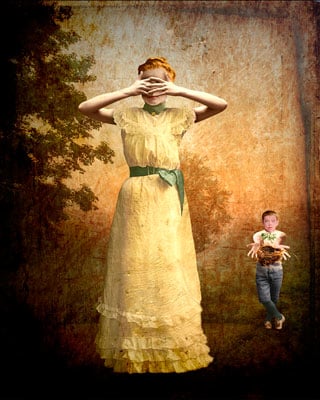From the Editors
This edition of On The Issues Magazine – Our Genders, Our Rights – discusses a topic that is both utterly fundamental and wildly revolutionary: gender norms and gender identity. This subject has many contours and nuances, and we have tried to explore several.

It’s no secret that gender norms in many societies around the world, as well as in the U.S. in religious beliefs and worldviews see gender through a single lens in which women are consigned to strict – and lesser — roles that prohibit them from freely expressing their full potential. The feminist movement sought to break these narratives and to blast open gender roles, but, unconsciously or directly, gender expectations still rule many social, political and personal interactions. The struggle for equality and full participation in the world continues
At the other end of the spectrum — and although not entirely new, historically – gender norms are being reshaped. People are addressing gender with their bodies, their imaginations, their language and their advocacy. The range of gender expression and gender identity is on a wide palette that includes exploring gender history and experiences through art, cross dressing on stage — and off, designing identities in virtual avatars and gaming,undergoing sex or gender transitions –sometimes at great personal relief and cost, resisting attempts to “genderize” or categorize based on nonconforming genitalia, and absorbing new adjustments in gender relationships and expectations. As the binary gender construct shifts, additional needs arise for health care, as well as for safety, legal rights and status.
Between the two poles of ingrained gender norms and reframed gender identity is a kaleidoscopic net of absorbing ideas, inspired perspectives and interesting directions. We have explored some of them in this edition, and the conversation, most certainly, will continue.
No doubt, definitions and language are key to knowledge and understanding. In this area, terminology is emerging, adjusting and, in some cases, still being negotiated or refined. Two good gender-language guides, especially on transgender concerns, are on the Feminism and Women’s Studies eserver and on the site of the Gender Identity Project of New York’s Gay, Lesbian, Bisexual and Transgender Community Center, which also has produced an interesting video, linked on this page.
We have many questions that are yet to be considered: Will increased advocacy on gender identity change the future of our societies? How can gender norms that restrict women be broken? Does attention to gender identity dilute or enhance the struggle for equality, equity and full human rights for women? How will gender expression influence social movements, especially feminism? Can concerns about trans rights break new ground for other segments of society?
As the thinkers, writers and artists demonstrate in this edition, the topic is rife for provocative commentary, observation and analysis. We will continue to discuss them in our unique Café feature, and we invite you to join the conversation. Send your thoughts to: [email protected].
The Editors
